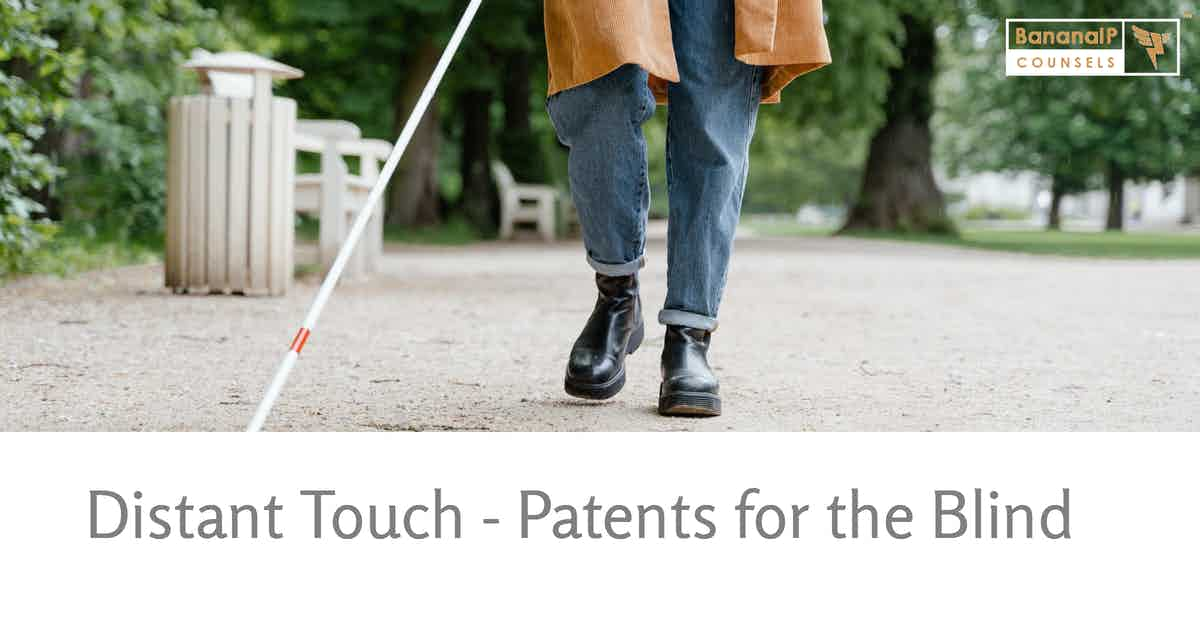This post was first published on 4th September, 2014.
A cane, as I had mentioned in one of my earlier posts, is a blind person’s lifeline. It allows a person to make his way around by means of touch from a distance. The length of the cane may vary based on a person’s height, and on an average, it allows a blind person to feel for objects up to about a distance of 1.2 metres.
Traditional canes operate completely on the basis of touch. Owing to the development of sensing technology from deploying infrared rays to lasers, several people have tried to make contactless canes. Whatever technology they may use, these canes will have an emitting and receiving device, which can detect objects, contours and whatever else they can detect on the street and relay the information to the user by means of audio or haptic signals.
A US patent (US Patent No.: 6298010) entitled Orientation aid for the blind and the visually disabled describes an invention for the blind, which provides tactile signals. This solves two important problems – 1. It does away with complex signal interpretation issues, and 2. It allows a blind person to use his hearing faculties along with the technology. The first claim of the patent reads:
“What is claimed is: 1. A device to aid the orientation of blind and partially sighted people, comprising at least one contactless distance measurement system, which generates a correcting variable depending on the distance between the device and an object measured by the distance measurement system, and at least one indicating device, to which said correcting variable of said distance measurement system is applied and which supplies an indication depending on said correcting variable, wherein said indicating device comprises at least one tactile element displaceable continuously or quasi continuously along a tactile path as a monotone function of the distance measured by said distance measurement system.”
Simply put, this invention allows a blind person to see the limited world it can capture by the sense of feel. By using it, a blind person can get an idea of the orientation of the path he wishes to take, distance to hurdles and contours of the surroundings. All signals received by the device using any contactless cane technology will be relayed to the user in the form of movable objects on the device. Extent of movement will indicate the distance and direction of movement will point the direction of the hurdle.
A very interesting invention, but in my opinion, it is not a replacement for a traditional cane. It would surely be a handy navigation device. The lapsed status of the patent I am afraid is an indication that this device might never have hit the market.



